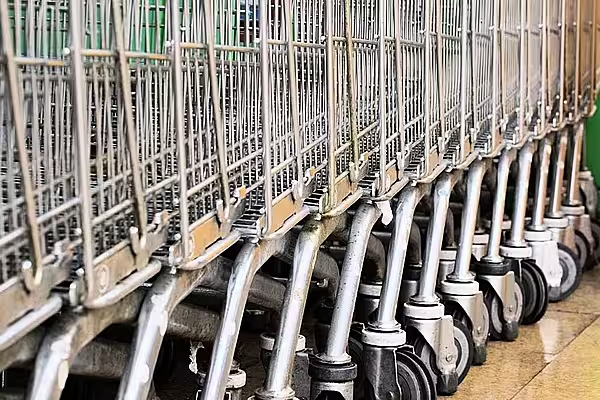The price of food items in the European Union saw a marginal increase in November 2023, new data has shown.
According to Harmonised Index of Consumer Prices (HICP) data, the food price index across the 27 countries of the European Union stood at 142.15 in November 2023, up from 141.57 the previous month, and up from 133.39 in November 2022.
Across the Euro area (all countries that use the euro as their denominated currency), meanwhile, the food price index stood at 137.17 in November 2023, up from 136.62 in October 2023 and 128.48 in the corresponding month in 2022.
Month-On-Month Comparisons
In terms of food prices across individual countries, notable month-on-month increases in November 2023 were seen in Estonia (163.22, up from 161.26, a 1.22% increase), Latvia (161.21, up from 159.79, a 0.89% increase), Hungary (198.15, up from 196.92, a 0.62% increase), Poland (163.1, up from 161.0, a 1.30% increase) and Slovakia (162.49, up from 161.43, a 0.66% increase).
Notable month-on-month decreases were observed in Czechia (148.8, down from 149.6, a 0.54% decrease), Cyprus (122.49, down from 125.38, a 2.31% decrease), Greece (133.08, down from 133.53, a 0.34% increase), Romania (158.07, down from 158.45, a 0.24% increase) and Slovenia (140.42, down from 140.66, a 0.17% decrease).
Year-On-Year Comparisons
Most European countries saw an increase in the food price index in November 2023, compared to the same month the previous year.
Among the most notable increases were Spain (140.55, up from 128.93, a 9.04% increase), Greece (133.08, up from 122.33, a 8.77% increase), Poland (163.1, up from 150.6, a 8.29% increase), Belgium (135.02, up from 124.92, a 8.10% increase) and Croatia (141.87, up from 131.43, a 7.95%) increase.
The Harmonised Index of Consumer Prices (HICP) method is used to measure consumer price inflation, i.e. the change over time in the prices of consumer goods and services purchased by European Union households. It is 'harmonised' because all the countries in the European Union follow the same methodology. This ensures that the data for one country can be compared with the data for another. The HICP is designed to assess price stability and is not intended to be a cost of living index.
The HICP data used here, which covers food prices only, is prepared by Eurostat, and uses 2015 as its reference year (2015=100).











